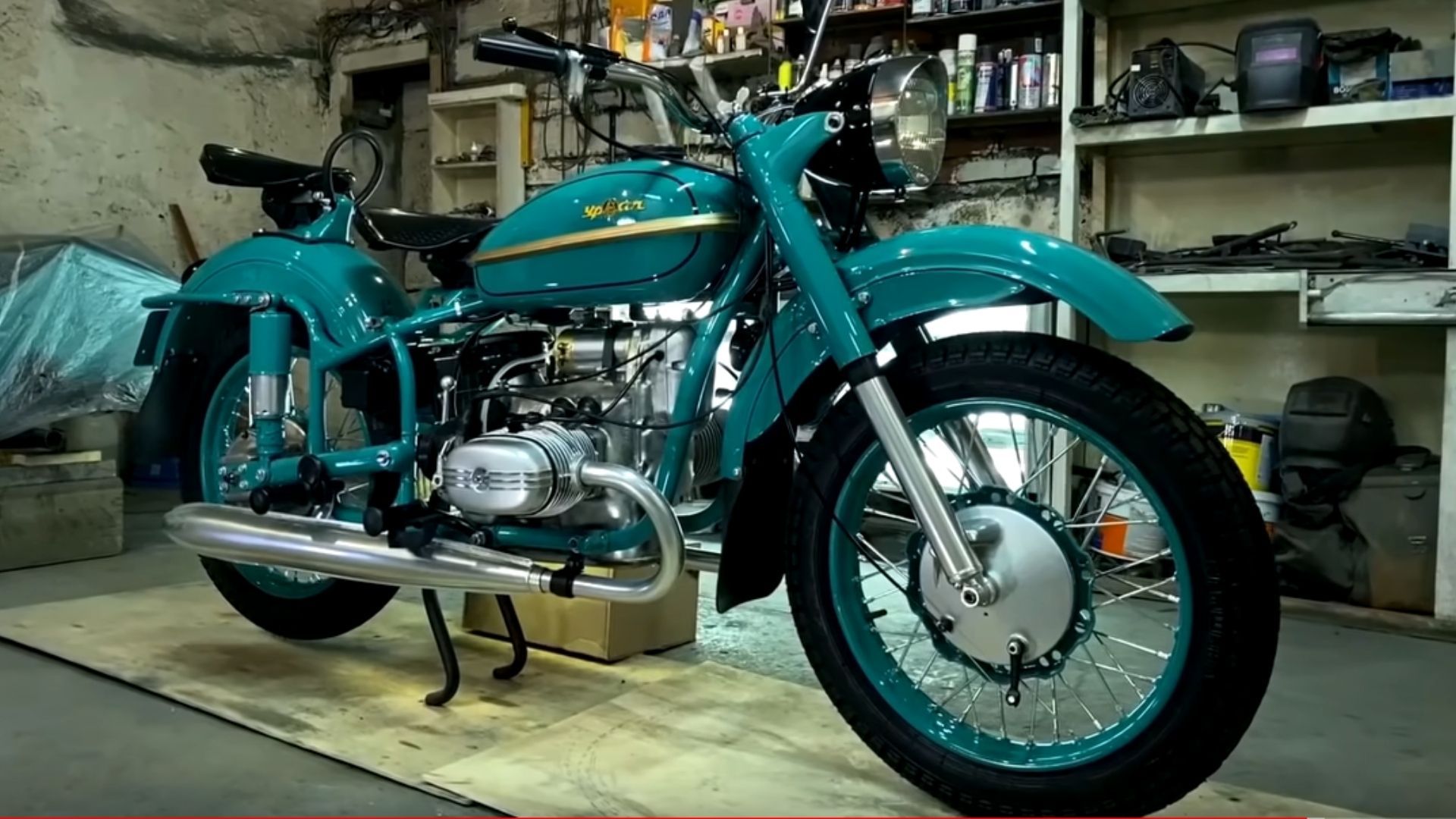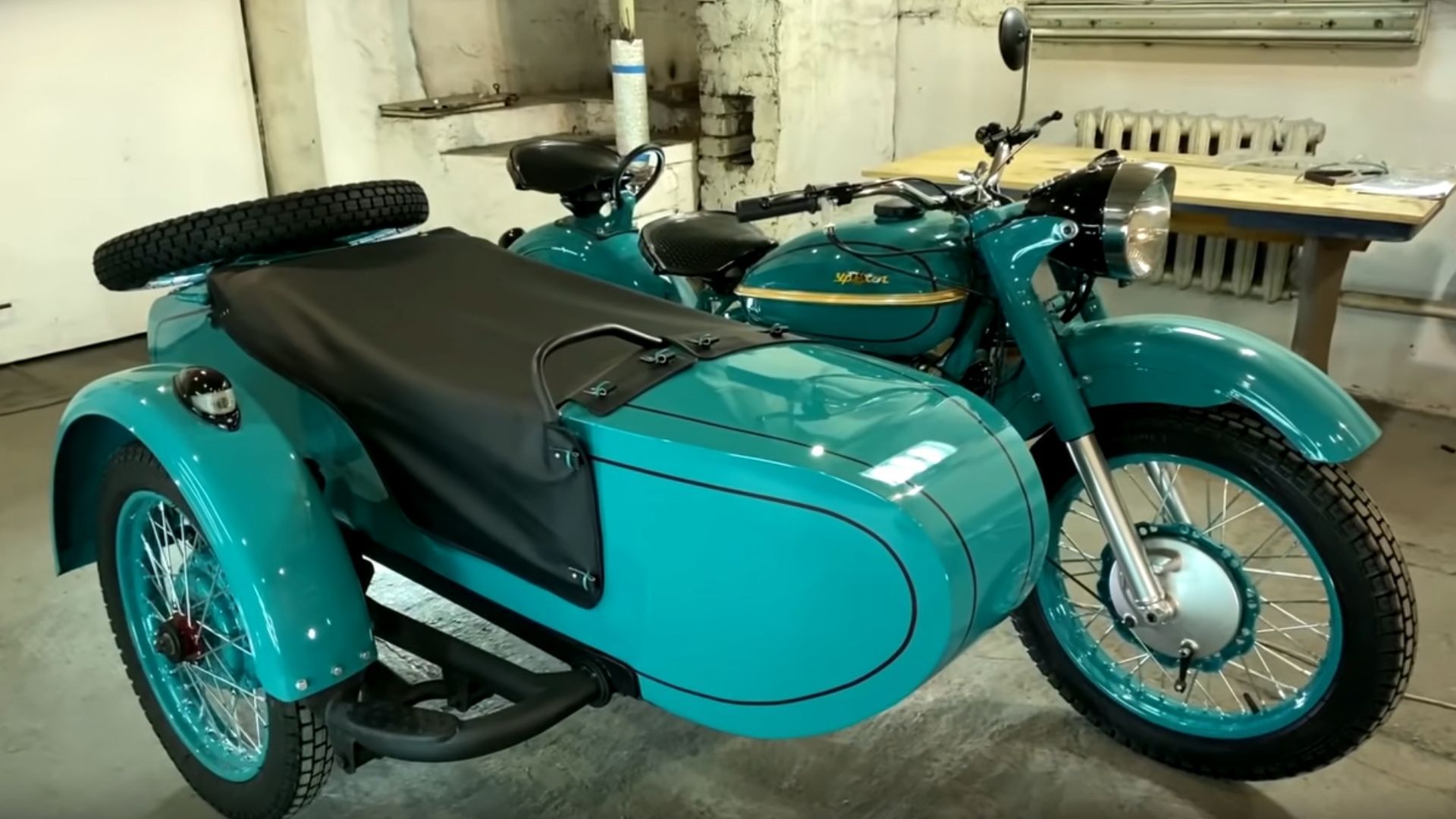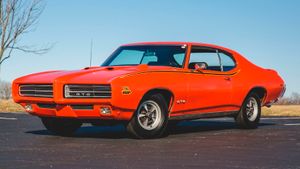There’s a lot of history in this Soviet-era bike.
As strange as it may sound to some, for certain people Soviet-era vehicles are absolutely fascinating. It’s probably similar to why so many Europeans seemed perplexed by Americans’ obsession with V8 muscle cars, so if you don’t get it just know others really love such things. One of the most romanticized of these machines is the Ural, a Russian motorcycle brand which is still around today. In the video included with this article, you can watch a 1960s Ural motorcycle be restored to its former glory.
First, you need to know the significance of Ural to Russian history if you have any hope of understanding why these bikes are so cherished. The brand like Jeep is tied to WWII, only it came at the beginning of the war in 1939. Funny enough, the Soviet Ministry of Defense admired the versatile capabilities of the BMW R71 but there was one big problem: it was German. The obvious solution was to straight-up copy the BMW, right down to the horizontally-opposed flat-twin engine and gearbox (similar to what Harley-Davidson did with the XA for the US Army). It wasn’t until 1941 that the first M72 samples were ready for Stalin to inspect and approve, which he did, triggering mass production of the wartime motorcycles.

However, a new problem emerged. Military intelligence concluded the motorcycle factory in Moscow would be a prime target for German bombers. To take the production facility out of range, it was relocated eastward in the Ural mountains region, which happened to be a mineral-rich and thus helped speed the manufacturing process.
Throughout the fighting with Germany, which became bloody on both sides and was notoriously difficult in the spring because of the hazardous Russian mud, the Ural motorcycles were key. Not only were the M72s used in battle starting at the end of 1942, they were quick, tough, reliable, and maneuverable enough to be used for intelligence-gathering missions and to transport mobile squads.
Like US soldiers during the war who gained an affinity for Jeeps, the Ural became a mechanized hero for the Russians. That meant once WWII came to a close, production of the bikes didn’t cease since they were viewed as useful for civilian life. By 1950 the factory had been renovated and production hit a milestone of 30,000 motorcycles.
At the end of the 1950s the production of military-spec Urals was moved to the Ukraine under the operation of KMZ. Meanwhile, IMZ continued making the civilian bikes at the same factory in the Ural mountains region.

Of course, the legend of Ural motorcycles extends beyond the borders of the former USSR. Exportation of the bikes to developing foreign countries started in 1953. By the end of the 1960s they were being shipped to first-world countries like the United States. Consumers were attracted by the simplistic design and basement-bargain pricing, but the stigma of owning a communist form of transportation was always a concern.
You can’t talk about Urals without mentioning one of the most noticeable and prominent features: the sidecar. While they are of course removable, many people gravitate to Urals because of the look and convenience. Sure, you can get an Indian Chief with a sidecar, as well as factory and aftermarket options from many other brands, but for the price it was a deal cost-conscious consumers couldn’t pass up.
In early 1998 Ural became a privately-held company. Sweeping changes have updated designs, introduced modern technology, and improved quality control. Some aren’t happy with the new bikes, making the classic Urals something special.
Today, it’s estimated there are over 3 million Urals in the world. Some are like how the one in the video starts out: rusty and tired. If you happen upon one, it might seem tempting to scrap it, but there are people who cherish these things and will pay more for it than you’ll get for scrapping it, if you’re not interested in bringing the bike back to life.






